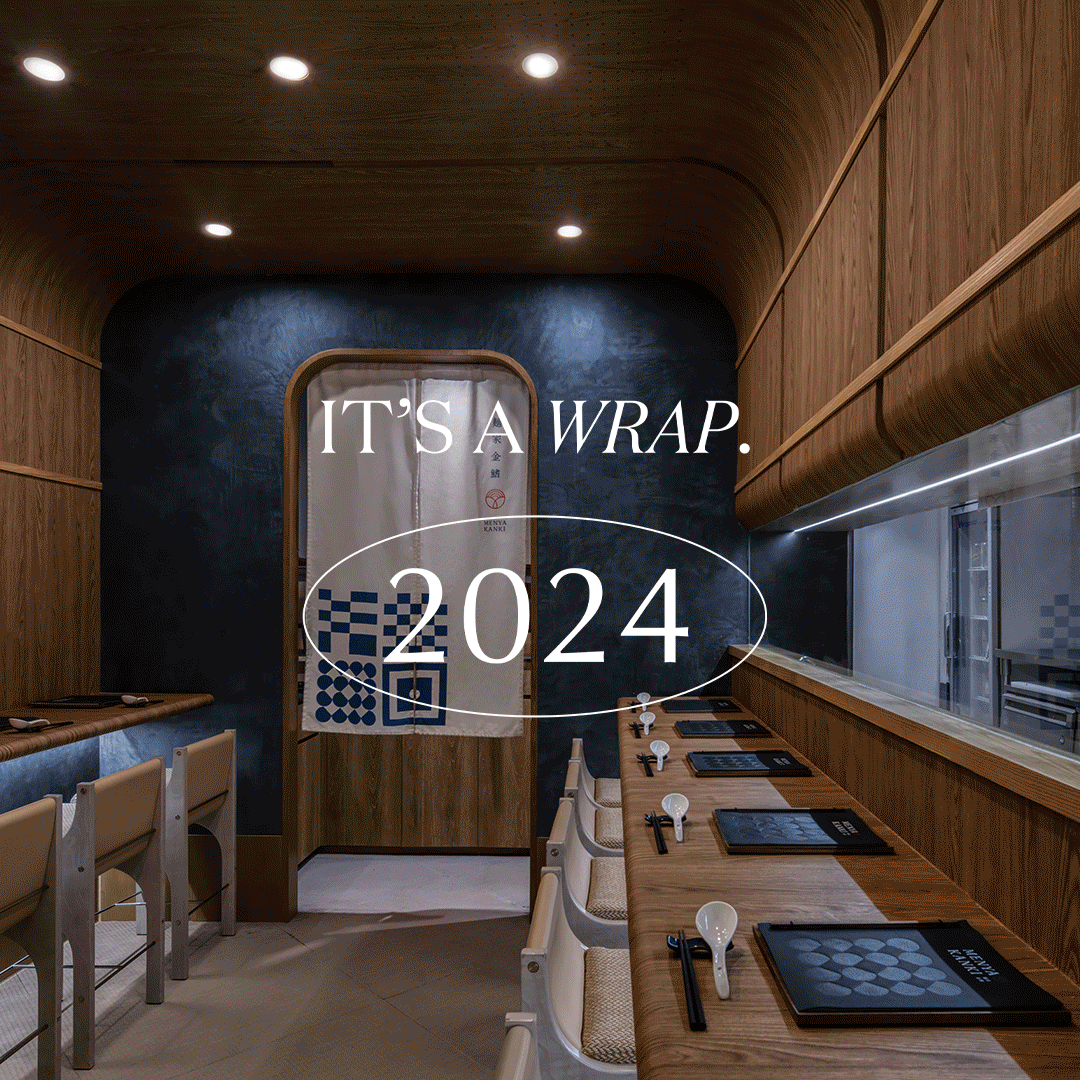The Resurrection of Neon Signs in Hong Kong.
How Hong Kong's neon signs have influenced the city's visual culture
The neon signs Hong Kong is infamous for have been keeping its streets lit for the past six decades. Since the 1950s, these visual landmarks were key to identifying Hong Kong’s history and culture, and were highly sought after as a marketing and advertising tool in the economic boom, wherein neon signs exploded in popularity.
But with rising upkeep and repair costs, the city’s fluorescent lights risk extinguishment. In the past 20 years, over 90% of Hong Kong’s neon signs have been removed from the streets, whilst their manufacturers and repair companies have fared even worse, closing at unprecedented rates. Since 2010, new government regulations have severely impacted Hong Kong’s trademark emblem. Along with the rise of sustainability initiatives worldwide, manufacturers have resorted to cheaper, more energy efficient technology, creating a sizeable market for light emitting diodes (LED’s). Paired with government regulations that penalise new and old overhead signages, the introduction and implementation of LED’s have driven out the supply for neon signs, in favour of standardised street lights and flashing LED boards.
As Hong Kong grew into the capitalist behemoth it is today, the distinctive and personalised neon sign began to disappear amidst the rapid growth of chain stores and franchises.
Keeping the neon sign alive
Yet even as the city’s luminous signs recede from view, a strong demand for their revival remains in Hong Kong. Designers and creatives alike are pushing to preserve a local landmark that distinguishes Hong Kong from its global competitors. Against all odds, some independent companies have continued manufacturing and installing neon signs. Even when incurring years of losses, these small-time companies press on, and have recently seen a surge in interest for neon signs, particularly amongst local artists and young designers. New restaurants and bars have certainly seen the appeal of the neon sign, such as Ping Pong Gintoneria in Sai Ying Pun and Holy Eats in Central.
The engagement of a younger generation of neon glass makers demonstrates the widespread recognition and nostalgia for a crucial piece of Hong Kong culture. Whether it be salvaging and repairing discarded lights as @streetsignhk does, or opening craft workshops to the public, neon lights have resurfaced once again on the horizon of the cultural imagination, appearing within Hong Kong’s museum, gallery, and exhibition offerings.
Local scholars have also taken an interest in this diminishing visual culture: Brian Kwok, an associate professor at the School of Design, Hong Kong Polytechnic University, published a book "Fading of Hong Kong neon lights – The archive of Hong Kong visual culture" demonstrating his research on Hong Kong's neon signs and their commentary on the city's social, economic and cultural development over the years.
Yet even with a rising demand and public awareness, the last of Hong Kong’s masters (師傅) including the well-known Nam Wah Neon light & Electrical Manufactory Ltd, may not be able to sustain their businesses in the foreseeable future. Will this resurgence of neon signs be enough to save the iconic neon lights of our city, or will we gradually be left with only a handful?
We hope you enjoyed reading this article as much as we’ve enjoyed writing it. Subscribe below to receive exclusive insights from the world of creative branding. We are committed to bringing your interior design vision to life for your next project in Hong Kong.











